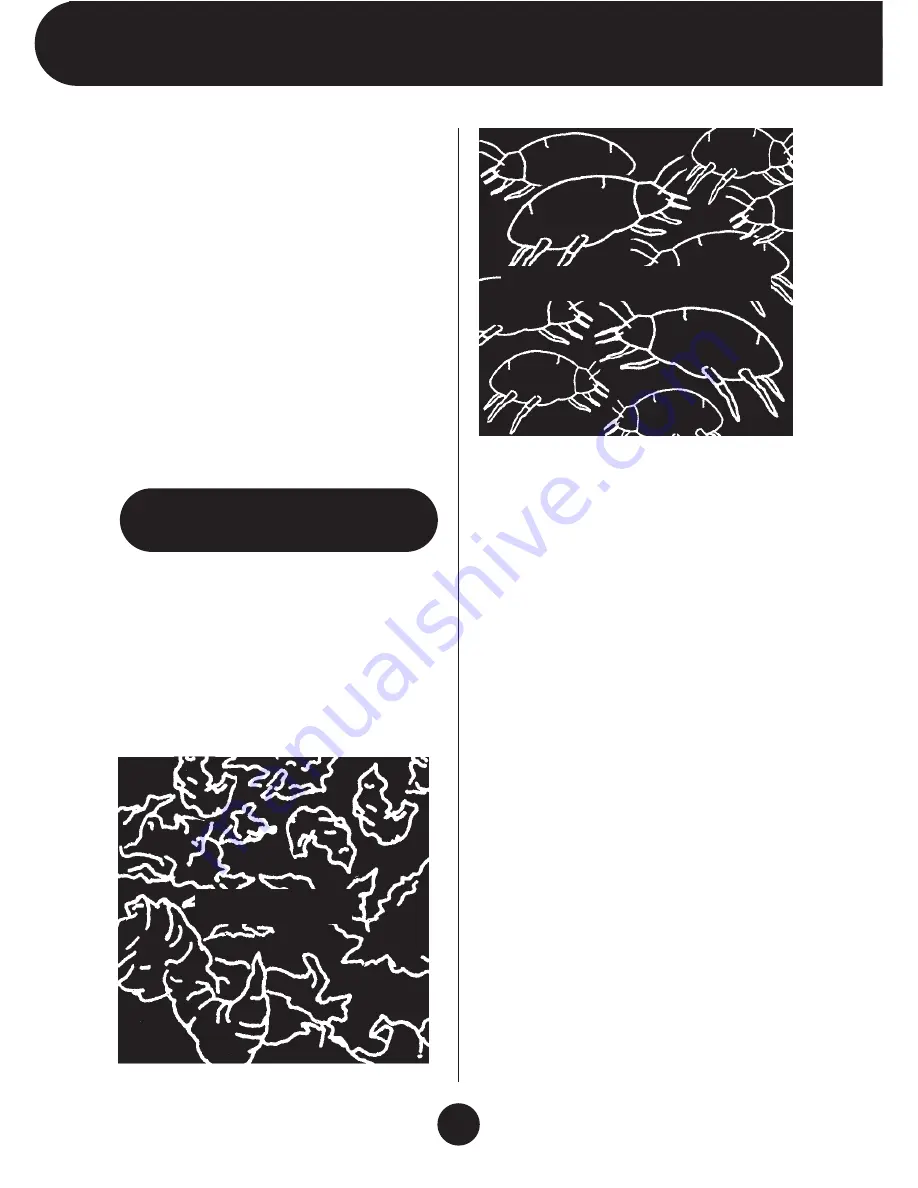
2
D E A L I N G W I T H D U S T
Dust, like thirst, may go away
for a while, but it always comes
back. And when it comes back it
requires attention. But you
shouldn’t fear that dusting is
tremendously time-consuming.
Truly, dusting is one of life’s
lighter chores! Equipped with
basic information, plus some
simple techniques described
here, you’ll soon be dealing with
dust like a pro!
What is dust?
Rather than a
single substance, so-called house
dust is a varied mixture of
potentially allergenic materials. It
may contain fibers from different
types of fabrics; cotton lint,
feathers, and other stuffing
materials; dander from cats,
dogs, and other animals;
bacteria; mold and fungus spores
(especially in damp areas); food
particles; bits of plants and
insects; and other allergens
unique to an individual home.
House dust also contains
microscopic dust mites. These
mites, which live in bedding,
upholstered furniture, and
carpet, thrive in summer and die
in winter. In a warm, humid
house, however, they continue to
thrive in the coldest months. The
particles seen floating in a shaft
of sunlight include dead dust
mites and their waste-products.
These waste-products, which are
proteins, can actually provoke
allergic reactions.
D U S T M I T E S
D U S T
DUST — THE CONSTANT
CHALLENGE
Summary of Contents for DustTamer Ultra D4500
Page 2: ......











